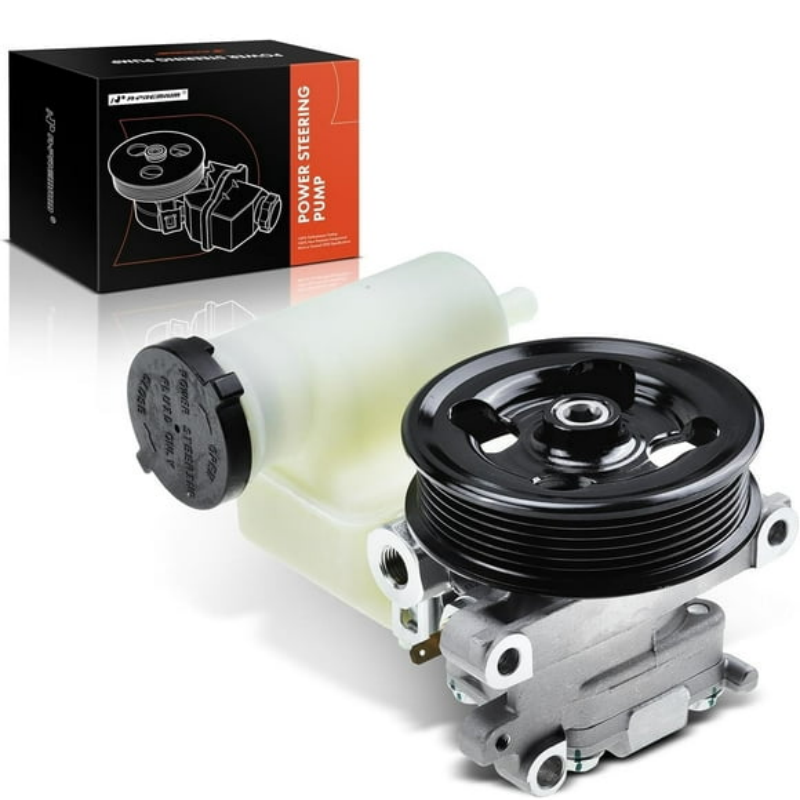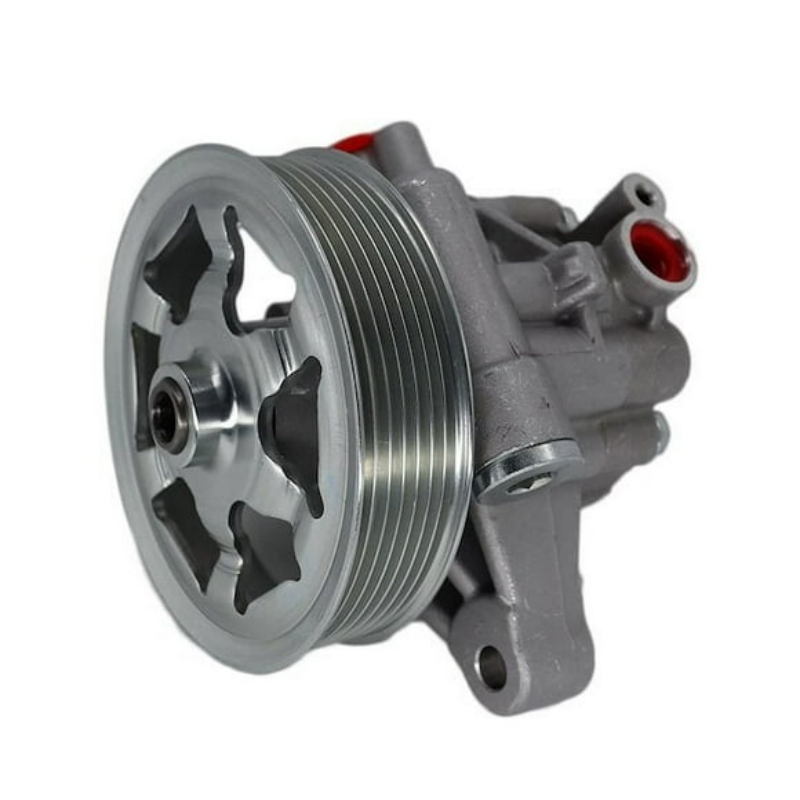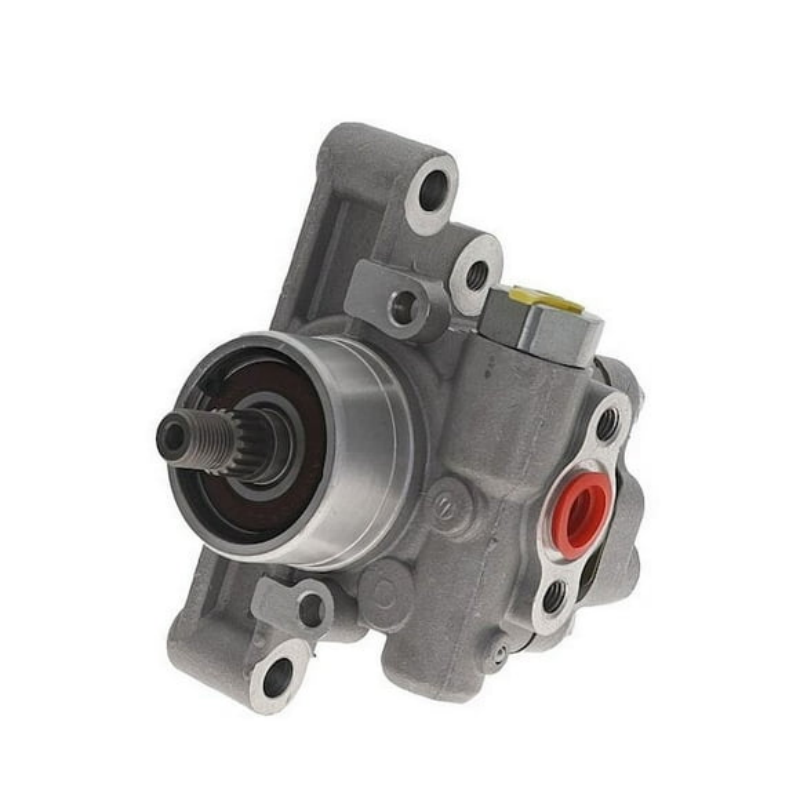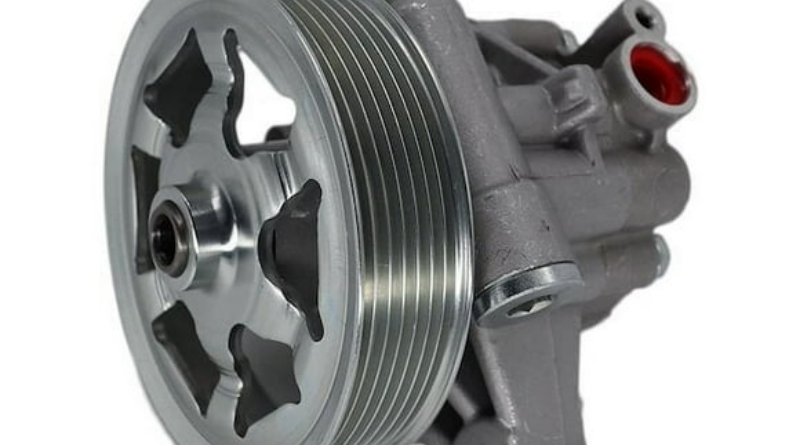How to Fix Electric Power Steering Problems: A Detailed Guide
Electric power steering (EPS) systems have become a standard feature in modern vehicles due to their efficiency, weight savings, and improved fuel economy. Unlike traditional hydraulic systems, which rely on fluid pressure, electric power steering uses an electric motor to assist the driver in steering. While this technology offers significant advantages, it can also present unique challenges. Many vehicle owners encounter issues with electric power steering that can lead to difficulty maneuvering and decreased driving safety. Understanding how to fix electric power steering problems is crucial for maintaining vehicle performance and ensuring a smooth driving experience. This comprehensive guide explores common EPS issues, their causes, troubleshooting methods, and repair solutions. Whether you’re a car enthusiast or a casual driver, getting to grips with these problems will empower you to address them quickly and efficiently.

Understanding Electric Power Steering
Before diving into how to fix electric power steering problems, it’s beneficial to gain a clear understanding of how EPS systems work and their key components. This knowledge will help you recognize issues more effectively.
What is Electric Power Steering?
Electric power steering utilizes an electric motor to provide steering assistance, making it easier to turn the steering wheel with minimal effort. There are three primary types of EPS systems:
- Column-mounted systems: The electric motor is located at the steering column, assisting the driver directly at the wheel.
- Rack-mounted systems: The motor is integrated into the steering rack, providing assistance efficiently through the steering system.
- Pinion-mounted systems: The electric motor is located at the steering pinion gear, offering precise control over steering effort.
In each system, the EPS uses sensors to read input from the steering wheel, determining how much assistance is needed based on the driver’s actions and vehicle speed.
Benefits of Electric Power Steering
Electric power steering systems come with various advantages that contribute to their popularity:
- Fuel Efficiency: EPS systems consume less energy than hydraulic systems, resulting in improved fuel economy.
- Weight Reduction: Eliminating the hydraulic pump (which requires a belt driven by the engine) reduces the vehicle’s overall weight, enhancing performance.
- Enhanced Control: EPS systems can be programmed to provide increased steering assistance at low speeds (like parking) and reduced assistance at higher speeds for better handling.
- Customization: Many EPS systems allow manufacturers to adjust steering response characteristics, improving overall driving feel.
Despite these advantages, EPS systems can malfunction or degrade over time, leading to potential handling problems.
Common Electric Power Steering Problems
Understanding common electric power steering problems can help you identify symptoms early, enabling prompt troubleshooting and resolution. Here are some frequent issues faced by vehicle owners:
Loss of Power Steering Assist
One of the most severe issues is the complete loss of power steering assist. This failure can occur suddenly, making steering feel heavy and unresponsive. Key causes include:
- Electrical Issues: Faulty wiring or blown fuses can interrupt power delivery to the motor.
- Sensor Failures: A malfunctioning steering angle sensor can miscommunicate with the EPS control module, leading to reduced or no assist.
- Motor Failures: The EPS motor itself can fail for various reasons, including wear and tear.

Intermittent Steering Assist
Another common issue is intermittent power steering assist. Drivers may notice that assistance is sometimes available and at other times it is not. Causes may include:
- Loose electrical connections: Wiring or connections can become loose over time, resulting in inconsistent power flow.
- Faulty connectors: Damaged connectors can cause intermittent issues, making troubleshooting more challenging.
Warning Lights
Many modern vehicles come equipped with dashboard warning lights specifically for the power steering system. If the EPS warning light illuminates, it indicates a malfunction within the system. Common reasons for the warning light include:
- Sensor errors: Issues with steering angle sensors can trigger warning lights.
- Low voltage: Insufficient voltage from the battery can affect the EPS operation, leading to warning indicators.
Strange Noises
Strange noises from the power steering system can indicate underlying issues.
- Grinding or popping noises may suggest problems with the EPS motor, system components, or mounting hardware.
- Whining or squealing sounds can result from hydraulic fluid levels. However, in the case of EPS, a similar sound may relate to electronics or the motor.
Steering Wheel Vibration
Another symptom that sometimes accompanies EPS problems is steering wheel vibration. This may indicate a need for alignment or indicate issues like:
- Worn-out suspension components: If the vehicle’s suspension is poorly aligned, it may lead to unstable steering.
- Balance issues: Improper tire balance can lead to vibration felt through the steering wheel.
Diagnosing Electric Power Steering Issues
Diagnosing electric power steering problems is necessary to determine the root cause of symptoms effectively. Here’s a comprehensive approach to troubleshooting and diagnosis that you can follow.
Step-by-Step Diagnosis
- Visual Inspection: Start with a visual inspection of wiring, connectors, and components related to the EPS system. Check for any visible signs of wear, damage, or loose connections.
- Check for Error Codes: Utilize an OBD-II scanner to check for any error codes stored in the vehicle’s onboard computer. Error codes related to the EPS system can provide insight into potential issues.
- Battery Voltage Check: Ensure that your vehicle’s battery is fully charged and providing sufficient voltage. Low voltage can affect the operation of electronic systems, including EPS.
- Test Steering Angle Sensor: If applicable, test the steering angle sensor for accuracy and functionality. This component is vital for proper EPS operation.
- Inspect Relay and Fuses: Check the power steering relay and any associated fuses for continuity or damage. Replace blown fuses and damaged relays as needed.
- Evaluate the EPS Motor: If all else checks out, evaluate the EPS motor itself. Listen for abnormal sounds during operation or signs of overheating.
Utilizing Professional Diagnostic Tools
For more complex EPS issues, or if you lack the tools for thorough diagnostics, consider taking your vehicle to a professional mechanic or an automotive service center. Appointments equip technicians with specialized diagnostic tools and equipment that can pinpoint issues that may be difficult to identify on your own.
Tips for Fixing Electric Power Steering Problems
Once you’ve identified the specific issues affecting the EPS system, the next step is implementing fixes. Here are effective tips for fixing electric power steering problems:
Address Electrical Issues
- Repair Wiring: If you find any damaged wiring, connect the necessary wires or replace sections as needed. Use heat-shrink tubing to secure connections.
- Check Connectors: Ensure that all electrical connectors are clean and free of corrosion. Cleaning connectors with electrical contact cleaner can improve connections.
- Replace Fuses and Relays: If blown fuses or faulty relays are causing problems, replace them immediately. Always use fuses that meet the manufacturer’s specifications.
Replace Damaged Components
- Steering Angle Sensor: If the steering angle sensor is faulty, consider replacing it to restore functionality. This component is typically accessible within the steering column.
- EPS Motor: Replacing the EPS motor can resolve issues related to decreased or lost steering assitance. Speak with a professional consultant to obtain the appropriate parts.
Fluid Check (If Applicable)
For systems that utilize hydraulic assists or have hybrid designs, check fluid levels.
- Ensure proper working fluid: Maintain adequate levels of power steering fluid (if applicable). If the fluid appears dirty or contaminated, consider performing a fluid change.
Periodic Software Updates
Modern vehicles equipped with electric power steering may require software updates for optimal performance. If you’re experiencing ongoing issues, check with the dealership or manufacturer to see if a software update is needed.
Professional Assessment
If repair attempts do not yield satisfactory results, consult a professional mechanic. They can assess the EPS system and employ specialized diagnostic equipment that can detect hard-to-find issues.
Preventive Maintenance for Electric Power Steering
Preventing electric power steering problems is about regular care and proactive measures. The following preventive maintenance practices can extend the lifespan of your EPS system and enhance your vehicle’s performance:
Regular Inspections
- Scheduled Maintenance: Include inspection of the EPS system during routine maintenance checks. Mechanics should be looking at steering components, connections, and fluid levels as part of this evaluation.
- Pre-Winter and Summer Checks: Perform a thorough check of your EPS system before the onset of extreme temperatures, as heat and cold can exacerbate existing weaknesses.
Cleanliness Matters
- Debris-Free Environment: Keep the surrounding area of the EPS system, particularly the motor, clean and free of debris. Dust and dirt can cause wear, hinder proper cooling, or obscure detecting issues.
Understand Driving Habits
- Gentle Steering Inputs: Avoid sudden sharp turns while driving, as this puts excessive strain on the steering system components. Smooth and gradual movements extend the life of your EPS system.
Maintain Battery Health
- Battery Maintenance: Ensure that the battery connections are clean and secure. A healthy battery provides consistent power to the EPS system and reduces the chances of electrical problems.
Be Mindful of Recalls
- Stay Informed: Stay updated on recalls and services regarding your vehicle’s EPS system. This allows you to address potential issues before they escalate into problems.

Conclusion
Understanding how to fix electric power steering problems is essential for vehicle owners seeking a reliable and safe driving experience. By recognizing the common symptoms of EPS issues and knowing how to diagnose and resolve them, drivers can take proactive measures to maintain optimal steering performance.
Incorporating regular maintenance practices and being aware of the environment, driving habits, and electronic systems can prolong the life of the vehicle’s steering system. While occasional issues may arise, having a comprehensive understanding of the underlying causes and solutions equips individuals to tackle EPS problems effectively.
Ultimately, prioritizing the health of your car’s electric power steering system enhances not only driving comfort but also overall safety on the road. By following the practices outlined in this guide, you can be well-prepared to manage your vehicle’s needs confidently and knowledgeably.
